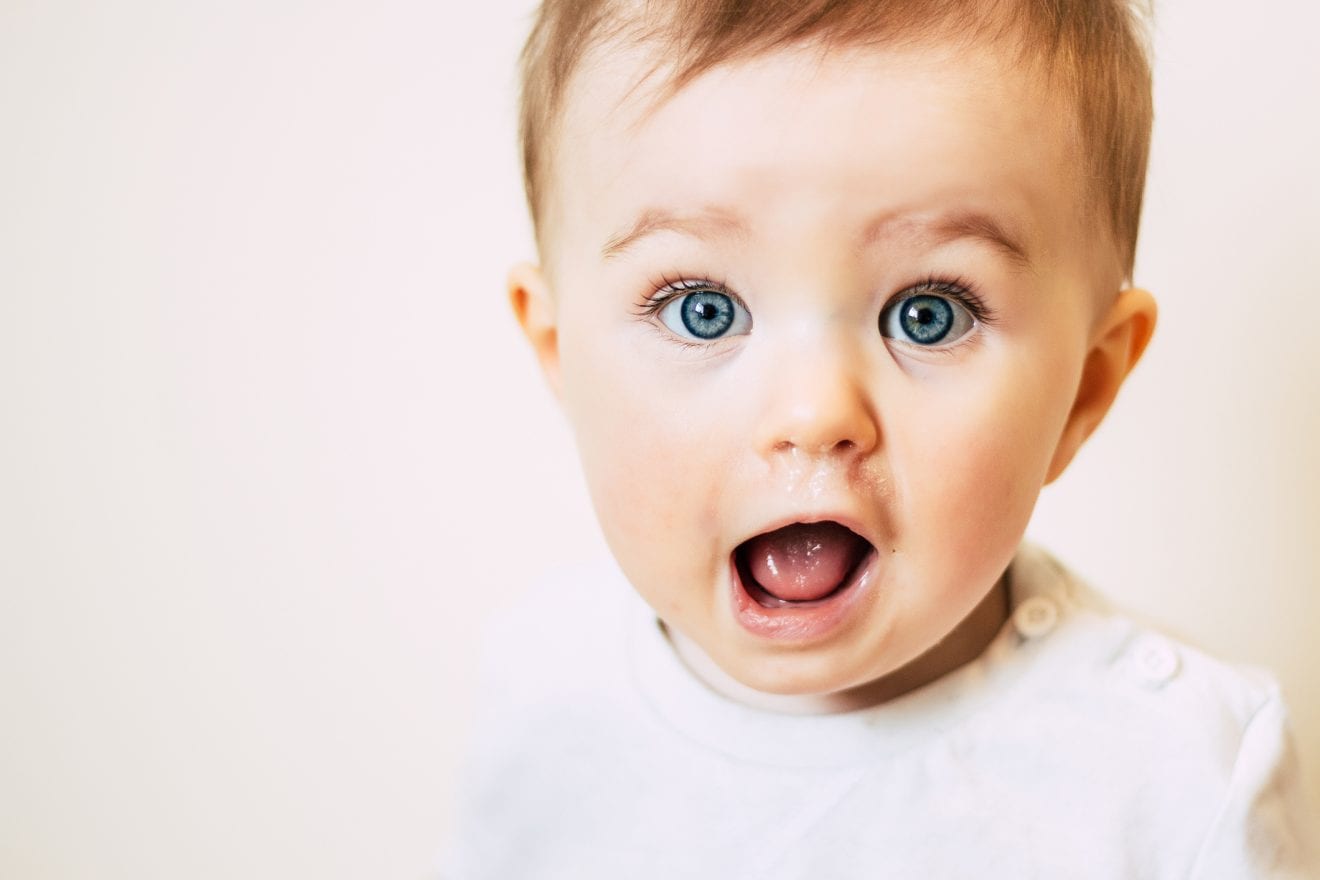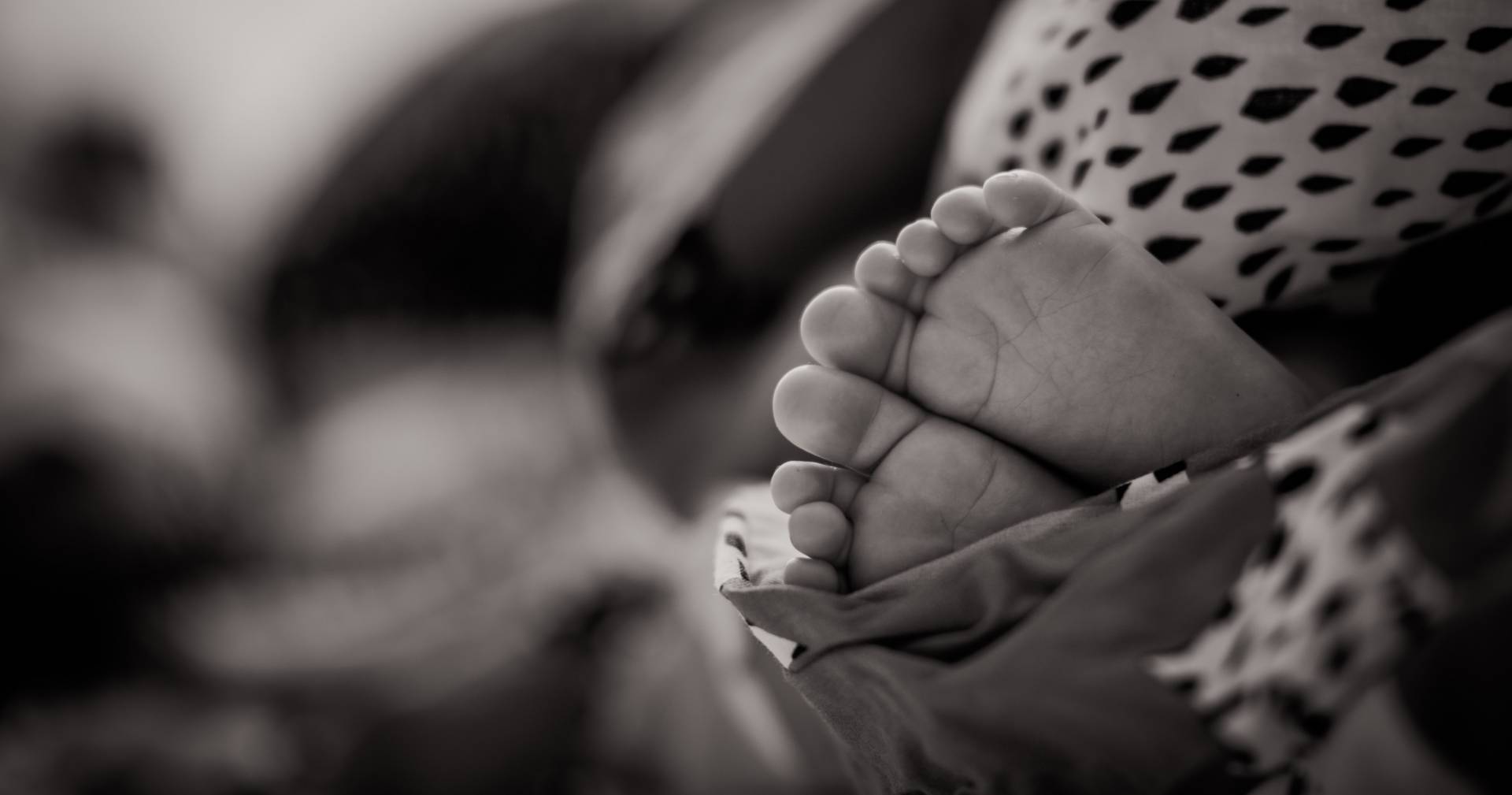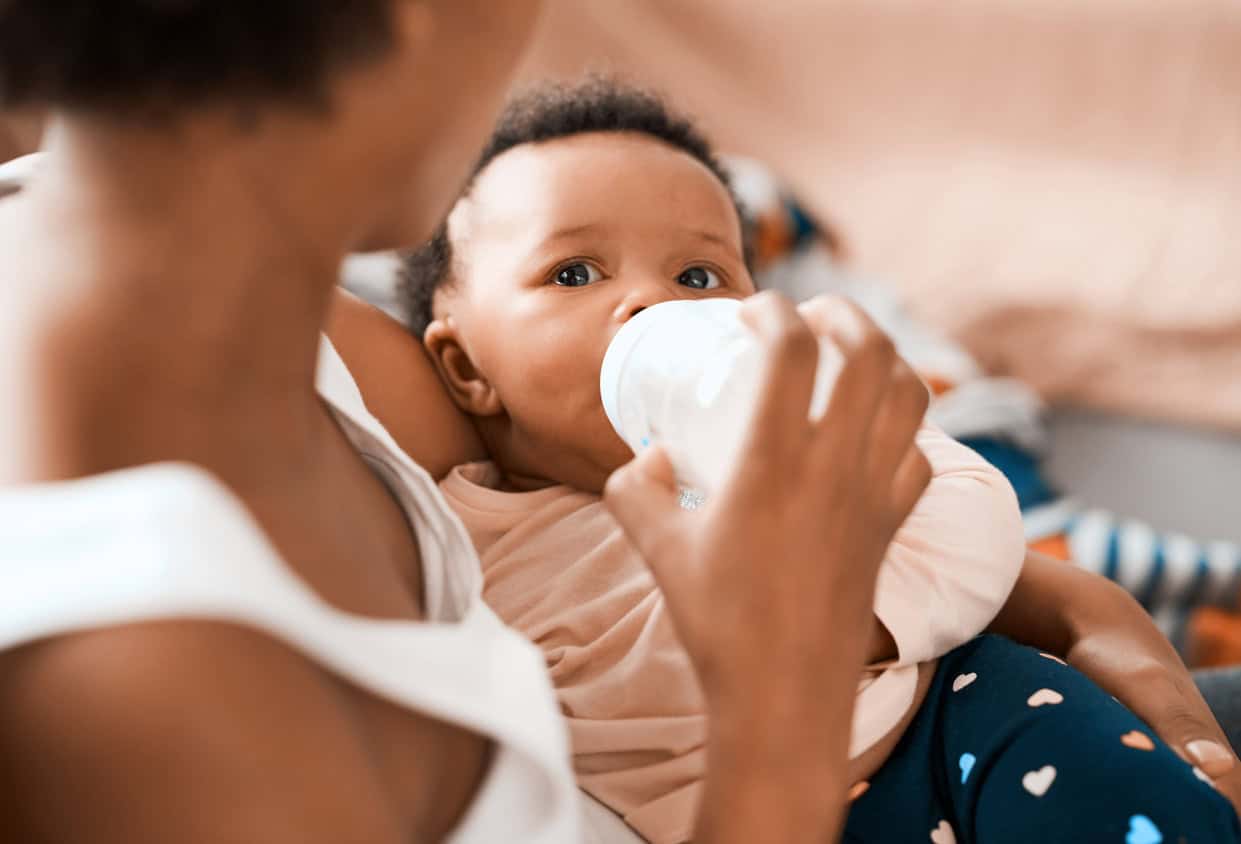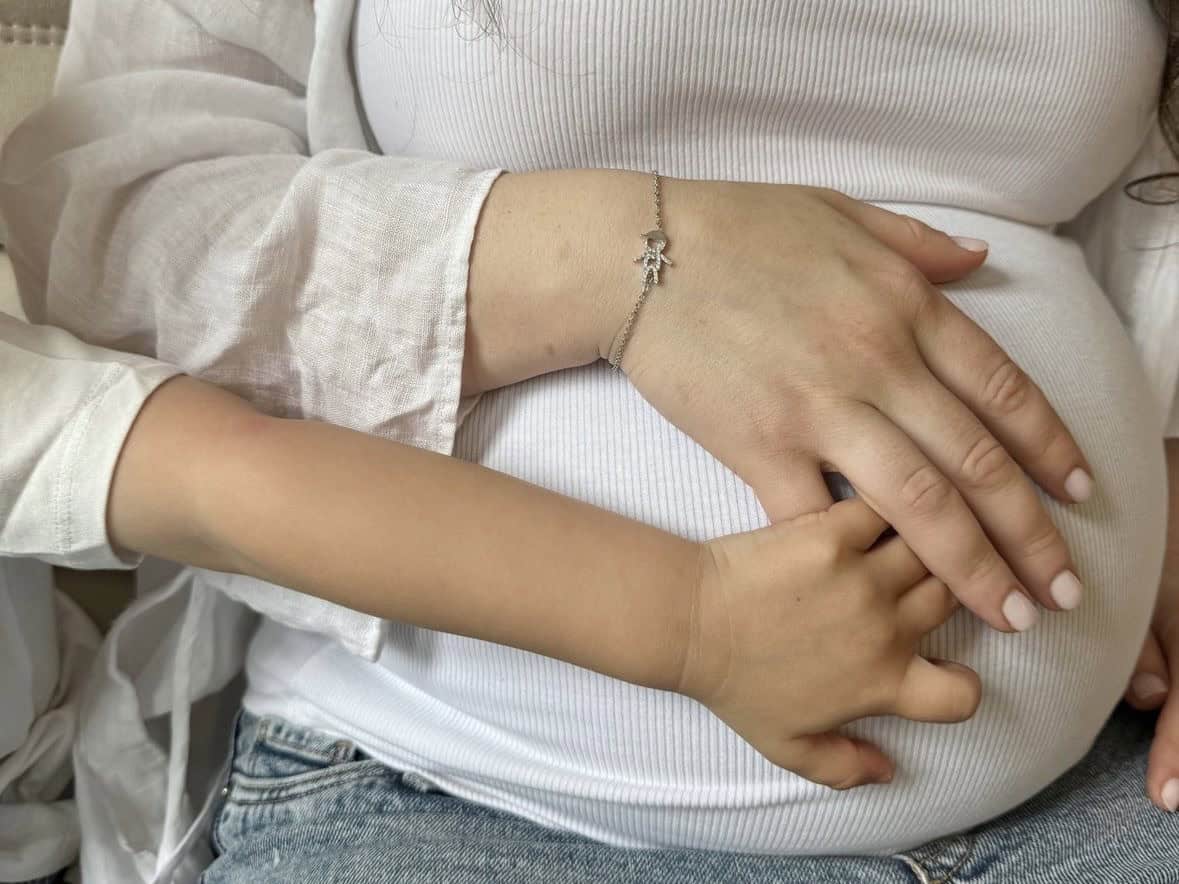It’s so fun to imagine what your baby will be like! Will they be like you or your partner? Or maybe their grandparents? Although some characteristics are difficult to predict, genetic factors have a large influence on the color of a baby’s eyes. You may be able to predict your child’s eye color with relative accuracy based on your and your partner’s eye colors and your parents’ eye colors.1 Here, we’ll discuss what determines a baby’s eye color, whether their eyes change color, and how to estimate their eye color (with a chart). Finally, you’ll learn how to keep your baby’s eyes safe, no matter their color!
What determines a baby’s eye color?
The color of your baby’s eyes depends on the amount of pigment in the iris, which is largely determined by genetics.2 Let’s explore eye pigments and the genes that make up baby’s eye color:
melanin
The iris is the colored part of the eye, surrounded by a small black pupil. The color of a baby’s eyes is a product of the pigment content of the eye’s iris.3 The color pigment of the eyes is called melanin. Darker brown irises contain more melanin than lighter blue irises.2 Eye color is the full spectrum from light blue to almost black. But eyes are usually classified into one of four colors: blue, green, hazel or brown.3
genetics
Genetics determine how much melanin the body produces, how it is transported, and where it is stored.3 Several genes play a role in eye color, and many of these genes are also involved in hair and skin color. Because multiple single genes are involved, eye color does not follow a simple dominant or recessive inheritance pattern. Contrary to popular belief in the genetics of eye color, it is possible (although rare) for two parents with blue eyes to have a child with brown eyes.3
Are all babies born with blue eyes?
Many babies are born with blue eyes because the melanin that makes the eyes dark has not yet fully developed.1 Melanin production changes over time, sometimes causing iris color to change from birth.2 However, the idea that all babies are born with blue eyes is a myth—many babies are born with brown eyes but stay brown.2
When do a baby’s eyes change color?
If their eye color can change over time, when do babies get their eye color? After your baby is born, melanin production can take up to a year to complete. So, if your baby is going to experience a change in eye color, it’s most likely to happen between 6 months and 1 year old.4 Sometimes, it may take longer to notice a change in eye color. In one study, 10-20% of children experienced changes in eye color between 3 months and 6 years old. 10-15% of Caucasians in the altered group experienced a change in eye color before reaching adulthood.5
What color eyes will my baby have?
While baby eye color isn’t as simple as researchers once thought, we can still predict it fairly accurately based on each biological parent’s eye color (sometimes even dating back to grandparents).4 Dark eyes are a dominant trait, which means that most of the time, if a baby inherits any of the genes for brown eyes, they will have brown eyes.1 However, sometimes brown-eyed parents can still have and inherit blue-eyed traits. It may be hidden from the eyes of the parents, but if one of them their If a parent (the baby’s grandparent) has blue eyes, it is still possible for the baby to have blue eyes.6
Generally speaking, two parents with blue or green eyes are likely to have a baby with blue or green eyes. Two parents with brown eyes will usually have a baby with brown eyes, but they may also have a baby with blue eyes, depending on the genes they inherit from their parents. A child born to one parent with blue eyes and one parent with brown eyes may have a baby with blue eyes or brown eyes, depending on whether the brown-eyed parent has a blue-eyed family member.4
eye color chart
You can use Punnett squares to predict eye color. This is a simplified model because many different complex genes control eye color. We all inherit one copy of each gene from our parents. So keep in mind that even people with brown eyes may have hidden blue eye genes that they can inherit because brown is more dominant than blue.1 Genotype two copies of the reporter gene, whatever you see.7

Punnett squares place the genotypes of one parent on the top of the square and the genotypes of one parent on the left side of the square. A capital “B” represents a dominant gene (brown), and a lowercase “b” represents a recessive gene (blue). The genotype of a brown-eyed parent can be “BB” or “Bb.” Parents with blue eyes are always “bb”.7 Although Punnett Square reports that two blue-eyed parents have a 100% chance of having a blue-eyed child, it is also possible, although rare, for them to have a brown-eyed child. This is because of the complex genetics that determine eye color and the concentration of melanin in the eye.1
The eye color chart below is not 100% accurate because more than one gene contributes to determining eye color. But these Punnett squares double as a baby eye color calculator, making predictions based on the colors of the baby’s parents and grandparents:6
Two blue-eyed parents

One blue-eyed and one brown-eyed parent

two brown eyed parents

Here is the full chart detailing the percentages.

Keep your baby’s eyes safe
Eye color is thought to have evolved based on latitude. In high latitudes where there is less sunlight, light-colored eyes with less melanin are able to absorb more vitamin D.2
Regardless of your baby’s eye color, protecting your baby’s eyes from the sun is important to prevent eye problems later in life.8 Some simple interventions to keep your baby’s eyes safe include:8
- Wear sunglasses with 100% UV protection
- Let your baby wear a wide-brimmed hat
- Keep your baby in the shade, especially in the summer between 10 a.m. and 4 p.m.
- Install mesh sunshades in your car
Whether your baby’s eyes are blue, brown, green or something in between, you’ll love watching them look back at you. Look carefully because their eye color may change today and no one will have the exact same eye color as your baby!1 While genetics can help predict eye color, only time will tell. Focus on protecting their eyes and soaking in their gaze, watching them grow into their unique look before your eyes.




